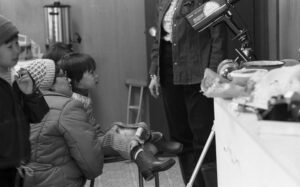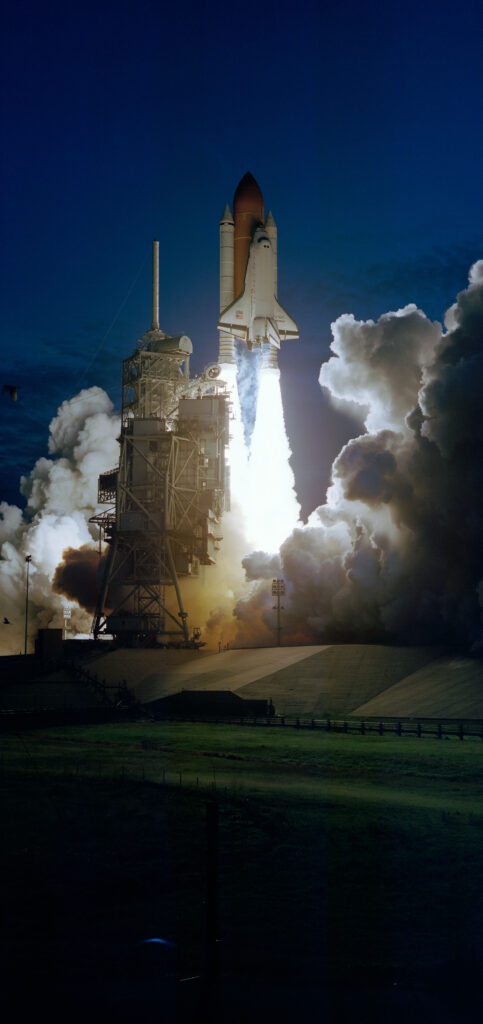“We wanted to strike out on our own and do something entirely new”
February 2023
Can you tell us a little about yourself?
Mark David Turner: I am a settler from St John’s living in Toronto. I have worked in Labrador since 2010, mostly with the communities of Nunatsiavut on documentary heritage and the Inuit Moravian brass tradition. I also write and teach on film and documentary media with a specific focus on the Northwest Atlantic and Circumpolar North. Last year I published an edited collection called Inuit TakugatsaliuKatiget | On Inuit Cinema. I’m also a musician. Morgen and I launched our imprint, Brack and Brine, in 2021.
Morgen Mills: I’ve moved in the exact opposite direction as Mark, coming to this province from Toronto! Our paths first crossed in Happy Valley-Goose Bay, where I’ve made my home since 2007. Mostly I’ve worked in education and research, through Memorial University until more recently, with Brack and Brine, I’ve moved into consulting, digitization services, and publishing. My real love has always been in communication, especially the written word, so a text-based interview like this is right up my alley! Oh, and I’m a competitive chess player, too.
What was the genesis of this book? Has there been anything like this before?
MDT: The book comes out of our combined work on the film collection at the Labrador Campus of Memorial University in Happy Valley-Goose Bay. As part of my PhD research, I moved to Happy Valley-Goose Bay to digitize their collection of film and video. Morgen continued that work after I left as part of her larger work on the Campus’s archives. To get the collection out into the community, we ran a monthly screening series called Labrador/ians on Film. When that wrapped up in 2017, we polled our audience to see what, if anything, people wanted as a legacy product. The consensus was a book.
We certainly are not aware of anything that has approached filmmaking in Labrador like this. Outside of reviews, most contemporary writing on film in the province tends to be academic and narrower in scope. The only popular survey of filmmaking in the province I am aware of was Film in Newfoundland and Labrador 1904-1980, by Agnes Norman, Gervase Gallant, and Derek Norman. Labrador is represented in their book, but understandably limited.
MM: We were so happy that people in 2017 seemed to want a book, because we also really wanted to publish one. We both started out as literature students, so the idea of making books appeals to us deep down. We originally intended to publish with some of the really great outfits over in Newfoundland, but ultimately we realized that we wanted to strike out on our own and do something entirely new.

The design is so stunning and functional – what kind of discussions went into that?
MDT: Design was central to the creation process. One of the foundational ideas of the book was to tell the story through images rather than words and we felt strongly that it was a story that needed to be told chronologically. The exact presentation of that was refined through discussions with the book’s designer, Graham Blair, whom we engaged early in the process. Graham helped us to see the importance of the exhibition catalogue as a model for arranging the imagery and text. Once we had that in place, it gave us context for how we should be writing about each decade and the films we selected.
MM: Absolutely, and cinema often really comes down two things: spectacle and communication, that is, looking great and conveying ideas. The form always tries to be both “stunning” and “functional,” as you so kindly put it, and that’s what we wanted for the book, too. Besides, this is our first book as a small, boutique publisher—we wanted it to be gorgeous, and we want our readers and anyone who might think of publishing with us in the future to know what we can do, and what we bring to the table.
What were the highlights you discovered in your research? What do you think would most surprise a reader? Did anything surprise you?
MDT: For me, there have been different periods of discovery. During my first extended travel in Labrador, I came to learn about how much film was created during the development of Labrador West. It makes sense, obviously, when you think of the scale of and timing of the development but growing up on the Island, we had no access to these images. Later, when I learned more about the history of filmmakers from the region, I was taken by the story of Esther Eneutseak and her fellow Inuit performers in the United States at the beginning of the 20th century. Their experiences have been well documented by writers like Jim Zwick and Kenn Harper, but I think it is difficult to over emphasize the trails they blazed. Esther’s daughter Nancy Columbia wrote the scenario for the lost film The Way of the Eskimo (1911), making her the first screenwriter of Labrador descent. More recently, I’ve been learning about the scale of Captain Bob Bartlett’s work in the region for British Pathé.
MM: I really enjoyed the photos we found of filmmaking and film-watching. There’s a really great shot in the book of kids in 1978 looking into a video camera and watching playback of a MUN Extension film on doll making, for example, and another one from 1931 of a big crowd in Nain clustering around a cameraman who’d come up along the coast with Donald Macmillan. It’s amazing to see the history contained within the films, but once you know that history, it’s a whole other level to appreciate the broader context of how the films themselves fit into people’s lives.
Part Two of this conversation appears next week.
Image: A Doll Making Workshop in Labrador, photograph (1978, Doris Saunders, Them Days, image J000.438)
Labrador Cinema (Brack and Brine, 180 pages, $40.00)



